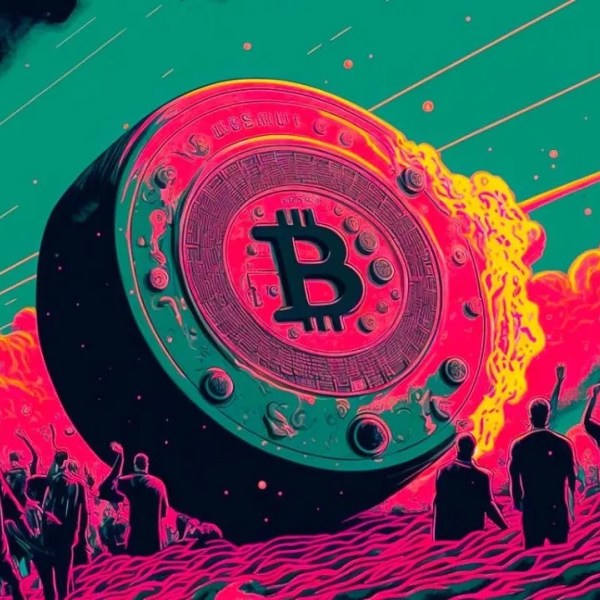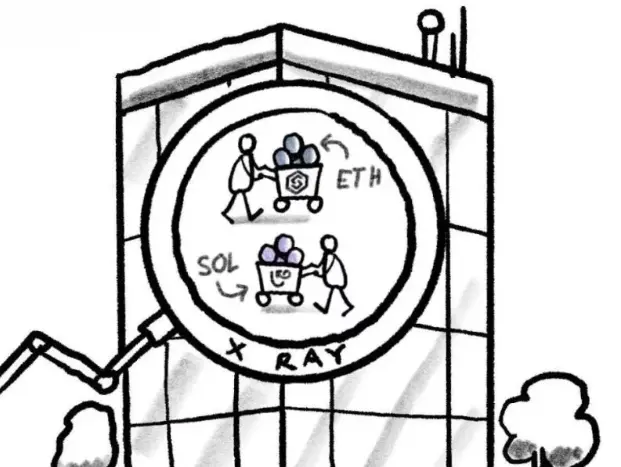Goldman Sachs, BoA, Citigroup to explore stablecoin launch
A group of top global banks, including Goldman Sachs, Deutsche Bank, Bank of America, Citigroup, Santander, and more, will explore stablecoins.
- Top global banks, Goldman Sachs, Bank of America, Citigroup, Santander, to explore stablecoins
- Banks have launched a consortium that will look into issuing 1:1 reserve-backed digital money
- The stablecoin-like asset would launch on a public blockchain network
Major international banks, including Goldman Sachs, Deutsche Bank, Bank of America, and Banco Santander, are joining forces to enter the stablecoin market. According to a report by Bloomberg published on Friday, Oct. 10, the banks will launch a consortium to explore the potential of a stablecoin launch.
The asset in question will be a “1:1 reserve-backed form of digital money that provides a stable payment asset available on public blockchains,” the banks said in a statement. They added that the initiative will focus on G7 countries.
The group, which also includes BNP Paribas, Citigroup, MUFG, TD, and UBS, stated that it is already in contact with regulators about the launch. They are also exploring whether the move would increase competition and bring some of the benefits of crypto assets.
Global banks are increasingly looking into stablecoins
Banks are increasingly looking into stablecoins. On September 25, nine major European banks, including ING, UniCredit, Danske Bank, and CaixaBank, made a similar announcement . The banks stated that they are looking into launching a joint stablecoin amid a positive regulatory shift.
The biggest catalyst for the entry of banks into the stablecoin space is the GENIUS Act, a piece of legislation that clarifies regulations in the U.S. What’s more, this legislation prompted regulators in other jurisdictions to act so they are not left behind.
Stablecoins are a rapidly growing business with major potential. In the second quarter of 2025, Circle reported a revenue of $634 million, a 50% year-over-year increase.
Disclaimer: The content of this article solely reflects the author's opinion and does not represent the platform in any capacity. This article is not intended to serve as a reference for making investment decisions.
You may also like
Market value evaporates by 60 billions! Faith shaken, institutions on the sidelines—has bitcoin’s “post-halving crash” curse come true?
A major reason for the recent plunge is market concerns over a repeat of the "halving cycle"—that is, after a supply reduction triggers a boom, a deep correction inevitably follows. Panic selling by investors, combined with a stagnation of institutional funds and macroeconomic headwinds, have collectively led to a collapse in market confidence.

SharpLink and Upexi: Each Has Its Own Strengths and Weaknesses in DAT
For this model to be sustainable, one of the following two scenarios must occur: either staking truly becomes a corporate cash engine, continuously providing funds for digital asset purchases; or companies must incorporate the planned sale of digital assets into their digital asset strategies to achieve systematic profits.

80% is hype? Six major red lines reveal the true intentions of Stable
It appears to be an infrastructure upgrade, but in essence, it is an early, insider-friendly issuance.

Global assets are falling simultaneously—why have safe havens collectively failed?

